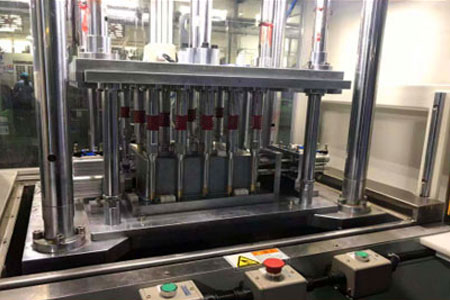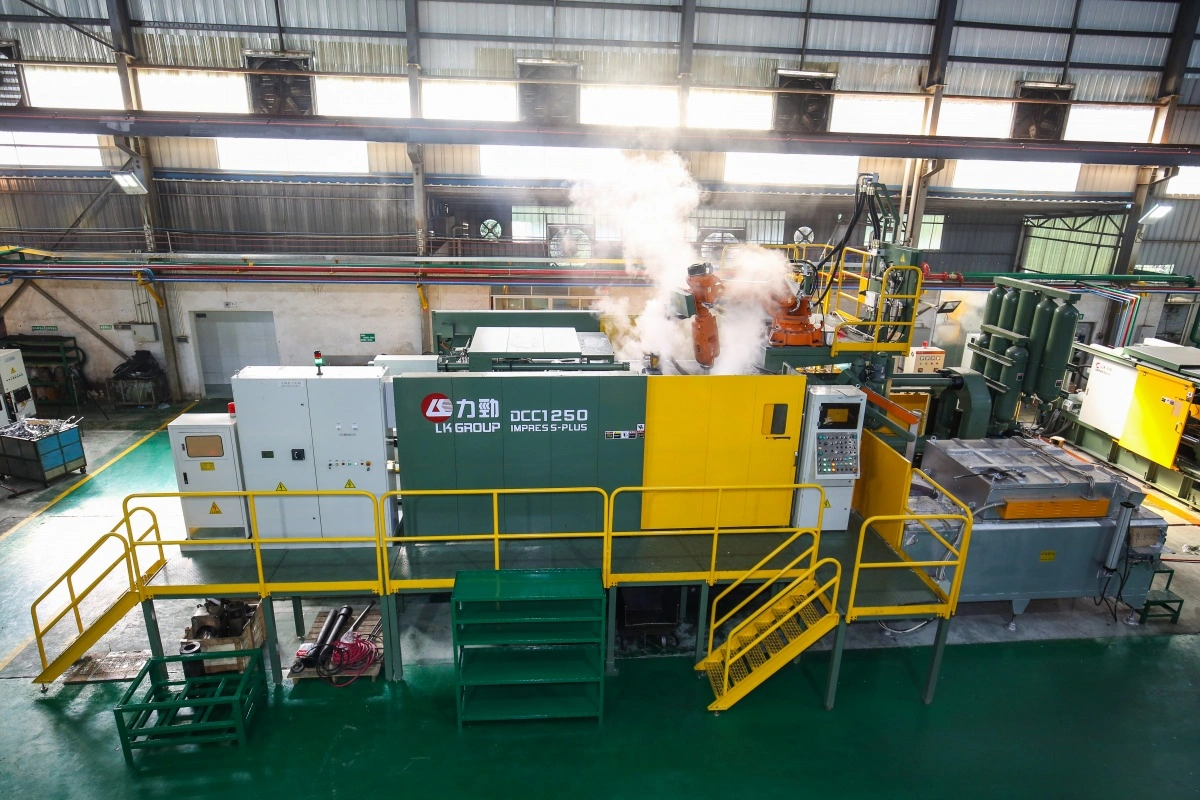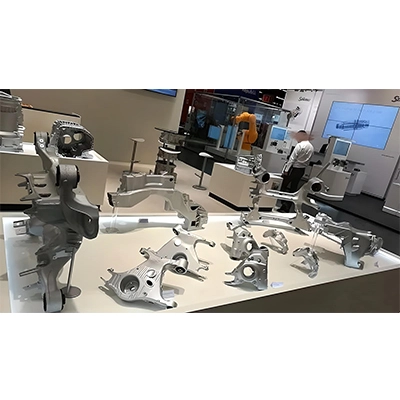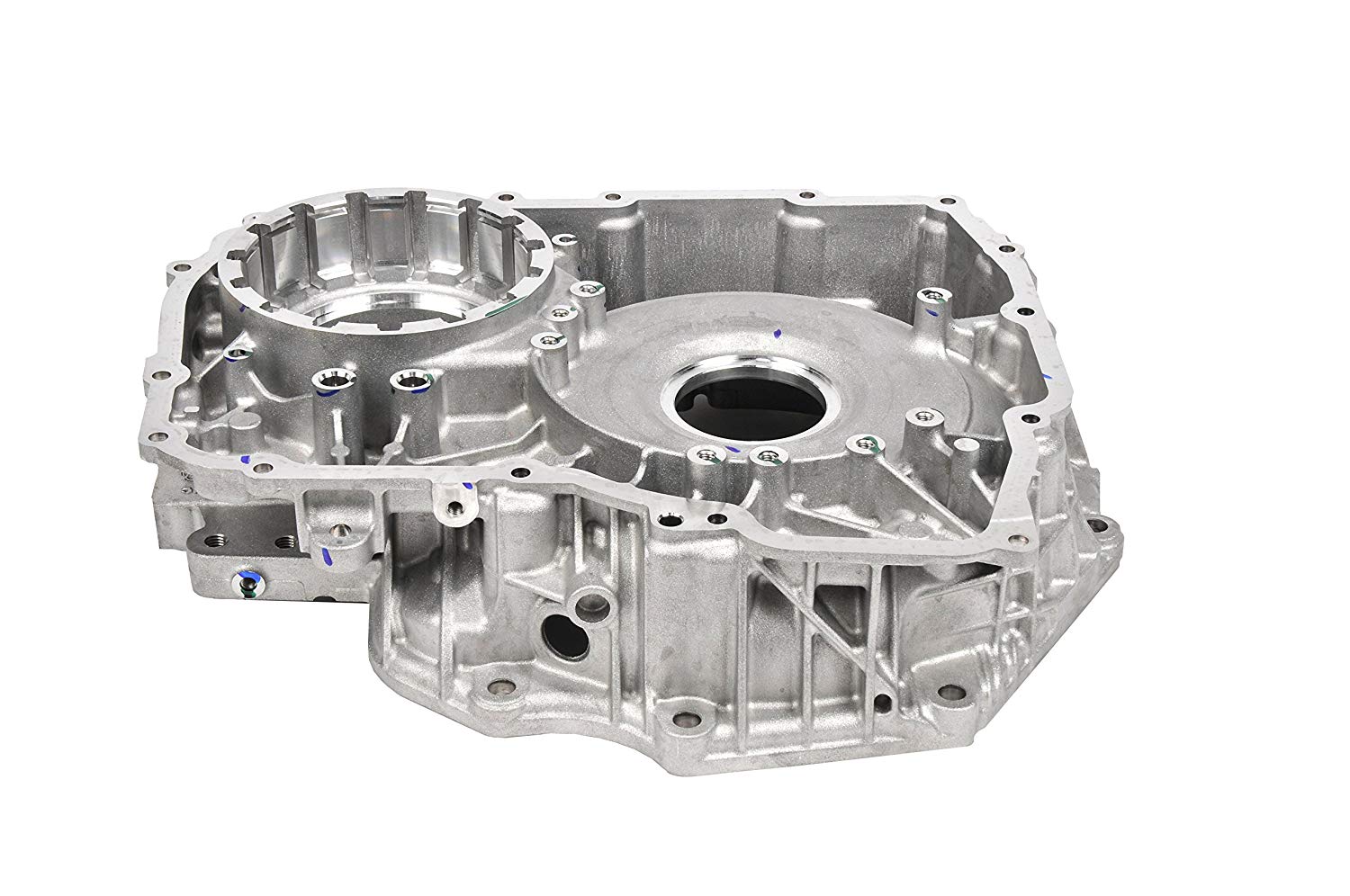

Firstly, surface finish and surface roughness are the same concept, with surface finish being another term for surface roughness. Surface finish is based on human visual perception, while surface roughness is based on the actual micro-geometric shape of surfaces.
There is a corresponding chart for surface finish and surface roughness. The roughness of precision CNC machining can be calculated using a formula, while finish can only be compared using reference samples, making roughness more scientifically precise.
Surface gloss describes the degree of diffuse reflection of light from an object's surface. As viewed by the naked eye, the stronger the diffuse reflection, the closer it is to a mirror surface, and the higher the gloss. Conversely, if the diffuse reflection is weak, the gloss is low.
Gloss is also known as specular gloss, and may be influenced by the physical and chemical properties of a surface material. A gloss meter is required to measure the specular gloss of an object's surface.
Surface roughness refers to the unevenness of the small gaps and peaks on the surface of CNC precision machining. The distance between two peaks or two valleys (wave pitches) is small (less than 1 mm), which is a microscopic geometric shape error. The smaller the surface roughness, the smoother the surface.
Surface roughness is generally caused by the processing method and other factors, such as friction between the cutting tool and the workpiece surface during processing, plastic deformation of metal in the surface layer during chip separation, and high-frequency vibration in the process system.
Due to the different precision CNC machining methods and workpiece materials, the depth, density, shape, and texture of the marks left on the machined surface may differ.
Surface roughness has a close relationship with the properties of mechanical parts such as matching properties, wear resistance, fatigue strength, contact stiffness, vibration, and noise, and has an important influence on the service life and reliability of mechanical products.
Affects wear resistance:
The rougher the surface, the smaller the effective contact area between mating surfaces, the greater the pressure, the greater the frictional resistance, and the faster the wear.
Affects mating stability:
For clearance fit, the rougher the surface, the easier it is to wear, causing the clearance to gradually increase during operation; for interference fit, the micro-projections are flattened during assembly, reducing the actual effective interference fit and affecting connection strength.
Affects fatigue strength:
The rough surface of the machined part has large valleys, which are sensitive to stress concentration, like notches and cracks, thereby affecting the fatigue strength of precision CNC machining parts.
Affects corrosion resistance:
The rough surface of the part is prone to corrosion because corrosive gases or liquids can seep into the metal under the surface through microscopic recesses.
Affects sealing performance:
Rough surfaces cannot fit tightly together, and gases or liquids can leak through the gaps between contact surfaces.
Affects contact stiffness:
Contact stiffness refers to the ability of the contact surface to resist contact deformation under external forces. The rigidity of the machine depends largely on the contact stiffness between the parts.
Affects measurement accuracy:
The surface roughness of the machined surface and the measurement surface of the measurement tool used to measure the part will directly affect the accuracy of the measurement, especially in precision measurement.
In addition, surface roughness also affects the coating of parts, thermal conductivity and contact resistance, reflectivity and radiation performance, resistance to liquid and gas flow, and the flow of current on the conductor's surface to varying degrees.


